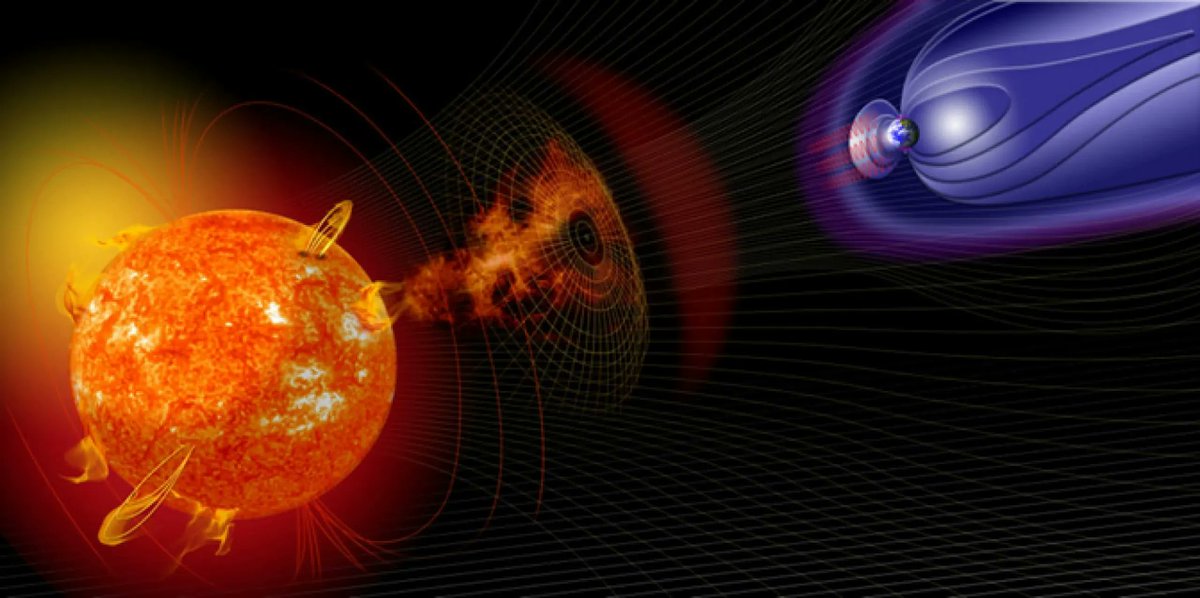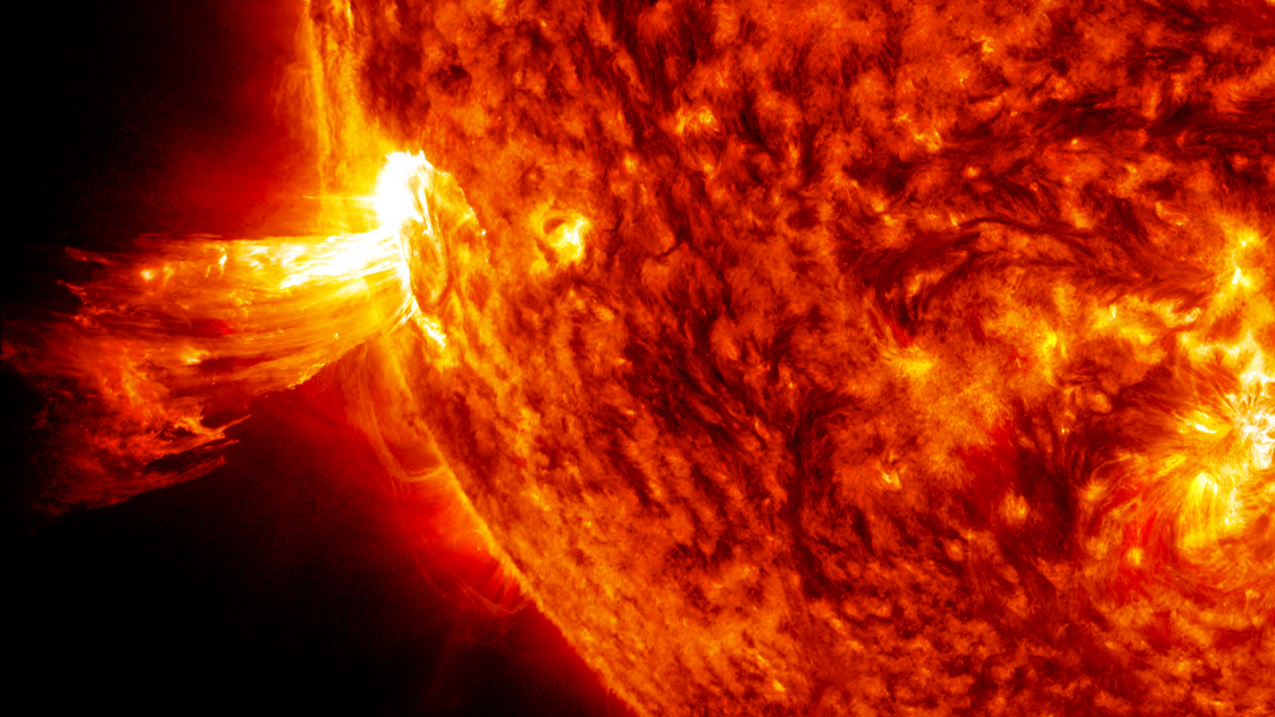Space-age technologies have made fundamental changes to the way we live our lives. Avionics allow us to fly to other continents on almost a moment’s notice.

GNSS services enable us to navigate our cars on roads we’ve never driven before without a paper map. And some form of radio has become the backbone of both our entertainment and communication networks. So what happens if a solar storm disrupts all of that? That is the focus of a new review paper by Natalia Buzulukova and Bruce Tsurutani, one of the world’s leading experts on space weather. They stress that we haven’t adequately prepared for a once-in-a-millennial solar storm that may be coming soon.

That is probably because no such storm has happened yet, but there was one noticeably extreme one in almost modern history. In 1859, a series of large sunspots appeared on the Sun, and a little less than a day later, massive auroras appeared all over the world. It is now known as the Carrington event, after one of the scientists that documented it. And it might be a precursor to what is to come in future extreme space weather events.
Telegraphs were the peak technological advancement of the age back in 1859, and the Carrington Event devastated the nascent technology. The induced ionic current in the atmosphere caused massive voltage spikes in telegraph lines. With such high induced voltages, it was inevitable that some of the lines would arc between each other, and that is exactly what happened. The resulting electric arcs caused many fires along the telegraph system, including in some telegraph offices. Communications were also interrupted for a large part of the day the storm hit the Earth.

All that destruction happened when telegraphs and electricity were just getting off the ground as technologies. Now, with cell phone towers and massive high-voltage transformers, the risk of a catastrophe is orders of magnitude greater.
However, ground-based systems aren’t the only ones vulnerable to the effects of space weather. Satellites play an increasingly important role in our lives, from providing internet connections to war-ravaged Ukrainians to allowing visitors to navigate downtown Chicago. Their location above the protection of the Earth’s atmosphere makes them particularly vulnerable to adverse space weather effects.
So what would happen today if we got hit with another solar storm the size of the Carrington event? It’s unclear how far the damage might go, but it would clearly be a calamity on the Earth’s power and communications grids. Since those each have far-reaching implications on society at large, there is a very high likelihood that daily routines, at least of people that commonly use those systems, would be massively disrupted for days, weeks, or months.
UT interview with Dr. Benjamin Pope – an expert in solar flares.
Unfortunately, as the paper points out, we are not adequately prepared for it. The eventual appearance of a solar flare is not an if; it is a when. And it’s also an awful time to start planning for such a catastrophe, given that it will take less than a day from the time we detect it for a storm to start causing damage.
Buzulukova and Tsurutani’s suggestion is a logical one – scientists should map out the worst-case scenarios, what their probabilities are, and what impact they would have. Then we should collectively, as a society, decide what risk we should take on in the event of such a storm happening. Because someday it will happen. And we can’t say we haven’t been warned.
Learn More:Buzulukov & Tsurutani – Space Weather: From Solar Origins to Risks and Hazards Evolving in TimeUT – The Sun Could Hurl Powerful Storms at Earth From its Goofy SmileUT – During a Solar Flare, Dark Voids Move Down Towards the Sun. Now We Know WhyUT – What Was the Carrington Event?
Source: www.universetoday.com








